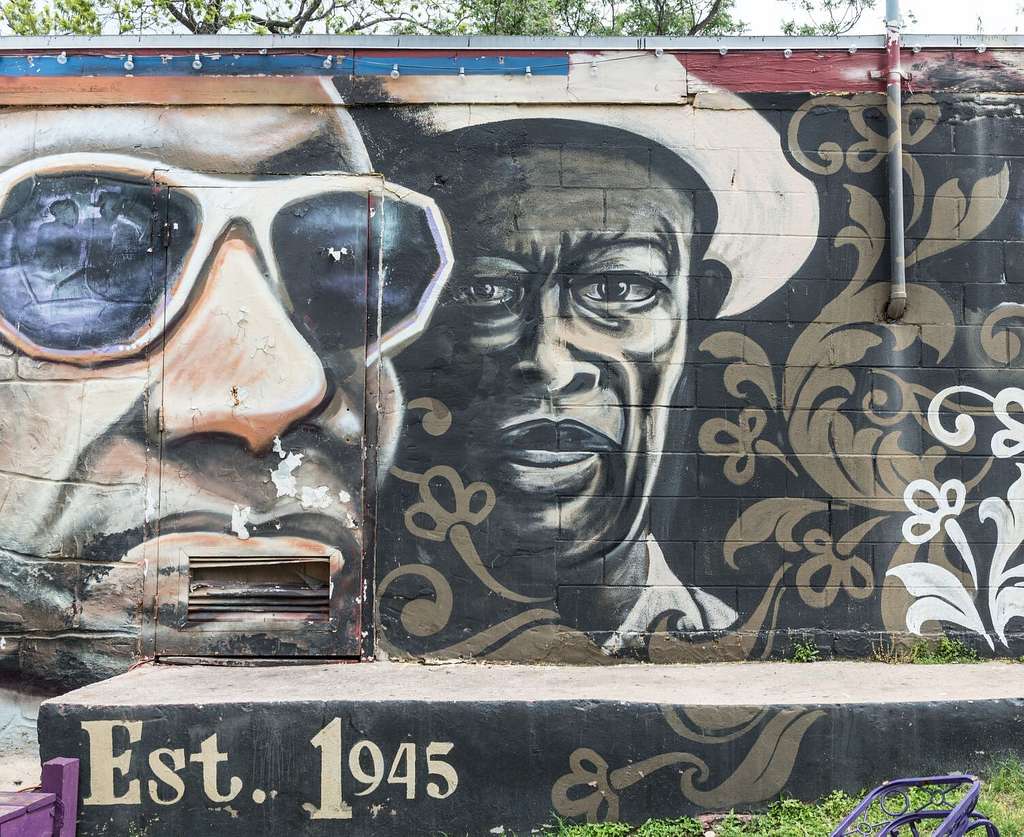An East Austin arts nonprofit is looking to organize musicians, artists and other creatives for job opportunities and to put pressure on the city to move forward with building out plans for the African American Culture and Heritage District that were approved by City Council in 2021.
The East Austin Creative Coalition is seeking members to join its registry of artists and creative professionals, which is intended mainly as a platform for marketing and economic development of Black artists and organizations.
Harold McMillan, founder of the group, made presentations recently to the Arts Commission and Music Commission looking to promote the registry and to ask for city support to share the group’s information with cultural contractors and grant applicants who may find it relevant.
During his talk with the Arts Commission last month, McMillan also said the EACC wants the city to follow through on the placemaking, funding and organizational steps spelled out in the 2021 resolution.
“We are very specifically focused on doing what we can to organize the community and get them to communicate as shareholders in the well-being of the cultural heritage district,” he said. “Quite candidly, (we want) to try to strategize on how to push on the city of Austin and (the Economic Development Department) to actually make some movement in the district. My group has a fairly high level of frustration at this point.”
The district was first designated by Council in 2007 but languished for years with no funding or larger plan until McMillan and other organizers revived the effort during the Covid-19 pandemic, in large part because of the national focus on equity caused by the killing of George Floyd by a white Minneapolis police officer.
Since then, other districts around the city have received signage and other placemaking enhancements while the African American district has seen little movement aside from the adjacent work to find developers for the areas known as Blocks 16 and 18.
“It feels to us in the community – the Black creatives in town, especially those of us who are focused on East Austin – that there’s foot dragging going on,” McMillan told the Austin Monitor. “There were no teeth in the 2007 resolution that was approved. The resolution that I drafted and the Council passed in September of ’21, it had teeth. … There’s a section where the city manager is instructed to do these action items, and we’re still waiting. It’s 2024, and some of us are old.”
During the Arts Commission meeting, Sylnovia Holt-Rabb, director of the Economic Development Department, said the department would seek guidance from the city legal department and other bodies on how much cooperation it could provide EACC with distributing the registry information to relevant artists already on record with the city.
Meghan Wells, manager of the Cultural Arts Division, said some of the slow movement on the African American district is due to EDD’s larger project to create a standardized framework for all current and future cultural districts throughout the city. That project is expected to be complete this summer, and Wells said the Arts Commission could receive a presentation on the progress to date at its meeting this month.
“Austin has pockets of activity that have characteristics that could be districts, and we do have some districts that are recognized by the state as cultural districts … but there’s no recognized city designation that gives them certain benefits or even signage or a gateway designation or a route by Cap Metro,” she said. “There’s no uniform promotional strategy or pathways to promote it to residents and … there’s just a lot of stop-and-go and inconsistencies and inequities. What we’re doing is providing a framework that will sort of coalesce a lot of policy designations and benefits around what those district opportunities can be.”


